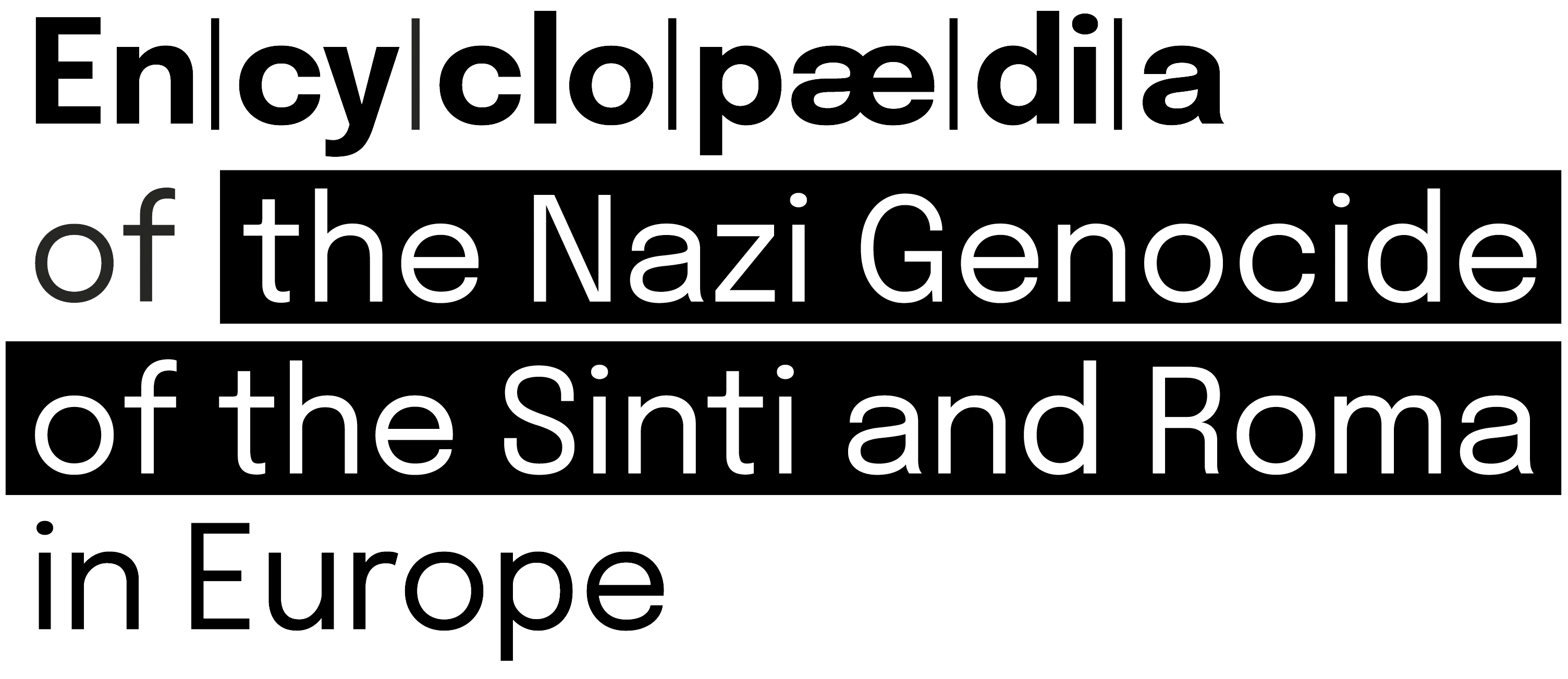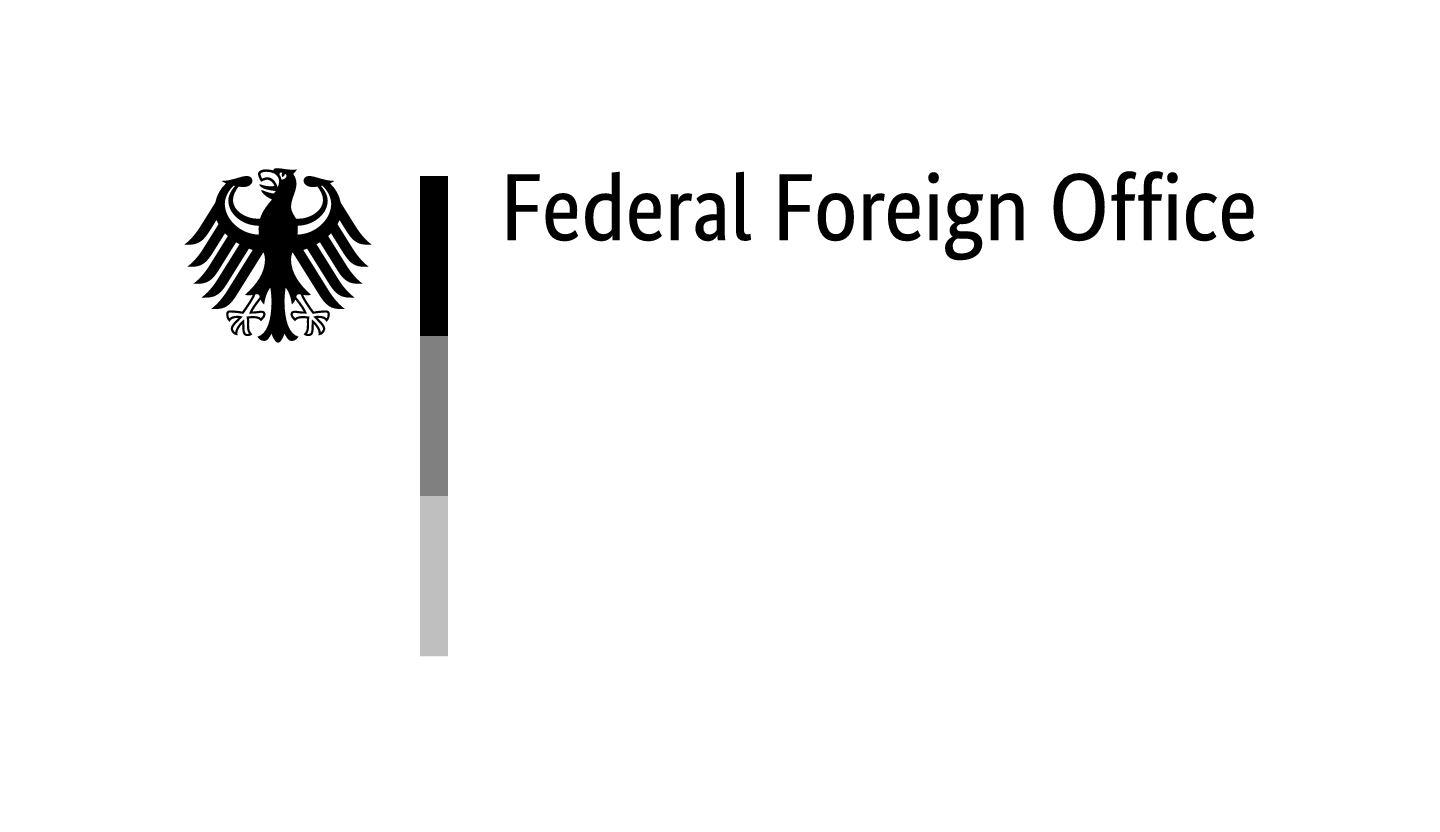Like antisemitism, antigypsyism has produced its own visual codes. Since the early modern period, representational conventions have developed that define ‘Gypsies’ on a visual level. The core element of the visual staging is the attribution of a fundamentally different way of life. There is a fixed pool of motifs, figures, actions and scenes; they often appear in combination. Reproduced again and again, they continue to enable the automatic identification of this group as ‘other’. These mostly pejorative, sometimes romanticising marking patterns have found their way into various forms of visual communication over the centuries: from painting and graphic art to photography and film.
This text deals with the role of photography in the persecution of Sinti and Roma by National Socialist Germany.
Photography and NS Propaganda
The centrally controlled propaganda apparatus utilised the established antigypsyist visual stereotypes for its ideological goals. Visual dehumanisation was intended to legitimise the policy of systematic social exclusion of Sinti and Roma. The declared aim was to refute ‘romantic’ ideas about ‘Gypsies’ and overwrite them with the racial-biological paradigm. An article with the programmatic title ‘Verlogene Romantik’ [The Romantic Lie] in the SS (Schutzstaffel) newspaper ‘Das Schwarze Korps’ from 15 July 1937 is a good example. The text and pictorial narrative are directly related to each other: The series of photos, pejorative and at the same time suggestive, served as ostensible proof of the alleged innate criminality of the people depicted, who were equated with the totality of Sinti and Roma. The antigypsyist production of prejudice also found its way into teachers’ magazines and school books, which the Nazi regime saw as playing a key role in ‘racial education’.
War Photography
The so-called propaganda companies of the Wehrmacht, which had professional photographers in their ranks, were of particular importance for National Socialist image production during World War II. By the end of the war, over forty propaganda companies had been established, producing an estimated two to 3.5 million photos and around 80 000 articles in addition to the film recordings made for the National Socialist ‘Deutsche Wochenschau’ [German Newsreel] and shown weekly in German cinemas. Although the anti-Jewish stereotype was at the centre of image production in occupied Eastern and South-Eastern Europe, the Roma living there also became the focus of the camera. The choice of motifs and the photographic staging corresponded to the denunciatory intent: ‘the Eastern Jew’ and ‘the Gypsy’ functioned equally as the embodiment of ‘racial’ foreignness and inferiority. The amateur photos of members of the German Wehrmacht, known as snappers, also often imitated the distorted images prescribed by official Nazi journalism; at the same time, private images continued to reflect traditional exotic-romantic imaginaries. A radical power imbalance is inscribed in both formats: The power to look and interpret lies entirely with the producers of the images. Another characteristic is the apparent absence of violence. The racial-ideological war of extermination and the actual events are generally invisible in the surviving photographs of the propaganda companies as well as in the amateur photos.
Photography and Racial Research
In addition to this genuinely propagandistic function, the medium of photography also played an important role in the context of racial research on Sinti and Roma. The Racial Hygiene Research Unit (RHF) established in Berlin in 1936 pursued the goal of developing a method of ‘racial diagnostics’ based on genealogical and anthropological studies in order to identify and classify ‘Gypsies’. Like the systematic measurement of the body, photography was an integral part of this large-scale ‘racial’ investigation process, which went hand in hand with the comprehensive police registration of Sinti and Roma. The RHF received two Leica cameras and lenses from the Deutsche Forschungsgemeinschaft [DFG, German Research Foundation] and employed its own photographer. Thousands of photo files with portraits in series of three, negatives, colour slides and prints have survived. In addition to identification photographs from the holdings of the criminal police, anthropological photographs of the face, individual parts of the body or, more rarely, the whole body make up a large part of the image collection, which is now preserved in the Federal Archives in Berlin. These include images of hands, noses and eyes (including macro images of the iris). Colour slide film, one of the latest technologies, was used.
Racial anthropological photography was an integral part of a process of objectification and abstraction that was not concerned with the individual or the identification of specific people, but with typological classification on the basis of physical characteristics. Although a ‘racial diagnosis’ proved to be impracticable in this way, the seemingly scientific procedure lent additional legitimacy to the state’s policy of extermination. In addition to identification service and racial anthropological photographs, the RHF’s image collection also includes photographs taken in the course of registering Sinti and Roma at their places of residence or in municipal detention camps, which are documentary in nature. In some of these pictures, Robert Ritter (1901–1951), the head of the RHF, and his staff can be seen interviewing or measuring Sinti and Roma. Taken as a whole, the surviving photographs of the RHF also symbolise the involvement of the (bio)scientific elites in the genocidal process.
Photographs as Historical Sources
What is the informative value of photographic sources, which generally reflect the perspective of the perpetrators, for the academic reappraisal of the genocide of the Sinti and Roma and for the culture of remembrance? The informative value of such photos depends largely on the contextual tradition, i.e. generally on supplementary written documents that make it possible to embed the content of the image in a larger context. This is shown, for example, by photographs of detention camps for Sinti and Roma: they are selective snapshots with propagandistic distortions. The ideological and functional conditions under which these camps were created and operated have to be analysed using other sources. Even the surviving photographs of the deportations of Sinti and Roma to the General Government in May 1940 and to the Auschwitz-Birkenau concentration and extermination camp in March 1943 only provide limited information, despite their high symbolic value in terms of the culture of remembrance. Although they show not only the victims but also some of the perpetrators and spectators, they only partially reflect the bureaucratic complexity of this highly organised process.
Only in exceptional cases can Sinti and Roma victims be identified in photos of executions. Such emotionalising images provide what appears to be a direct insight into the barbaric act itself. At the same time, however, the ambiguity and narrowed perspective of most of these photographs raise questions whose answers can only be found outside the image. Determining the place and time, identifying the victims (or, if depicted, the perpetrators), deciphering the circumstances of the crime and reconstructing the sequence of events—all of this requires an extended source base, which is often not available.
In addition to these source-critical aspects, the ethical dilemma that the photographic legacies of the perpetrators confront us with is almost impossible to resolve. Although they bear witness to the crimes of the regime, literally making them visible, they also reproduce the stigmatisation of the victims or show them in a state of complete helplessness and degradation.
The use of photographs taken by the perpetrators for the purpose of historical education, be it in publications, exhibitions or for educational purposes, requires a high degree of curatorial responsibility. How to effectively deconstruct the Nazi regime of the gaze and the systematic dehumanisation of political and ‘racial’ enemies remains a scholarly and didactic challenge. One possible strategy is the use of historical private and family photos of Sinti and Roma: they open up a personalised approach to the history of persecution and make the previously anonymous victims visible as individuals with diverse life histories, embedded in local lifeworlds. As counter-images, they can break down the dehumanising view of the perpetrators and raise awareness of the visual stigmatisation strategies of the National Socialists. Institutions founded and operated by Sinti and Roma, like the Documentation and Cultural Centre of German Sinti and Roma in Heidelberg, Germany, or the Museum of Romani Culture in Brno, Czech Republic, have amassed large collections of such self-testimonies and thus made a significant contribution to a visual counter-narrative.




